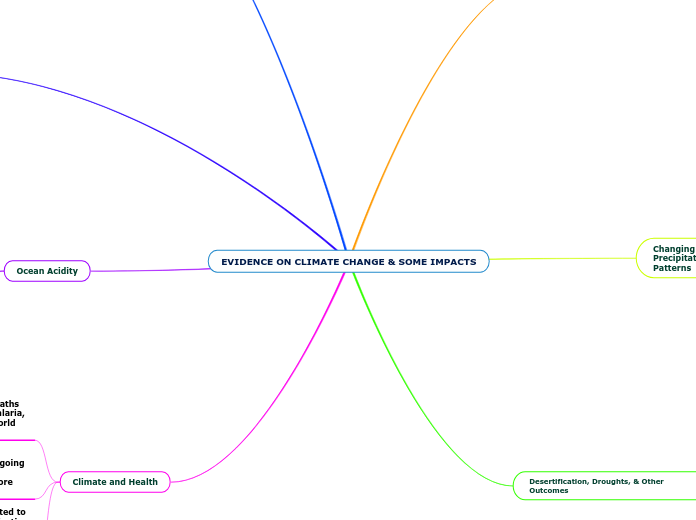by IBRAHIM YASSINE 4 years ago
218
EVIDENCE ON CLIMATE CHANGE & SOME IMPACTS

by IBRAHIM YASSINE 4 years ago
218

More like this
This also means that some fishes that require a certain amount of pH will die because of the increase of carbon dioxide. Different water animals require a specific pH.